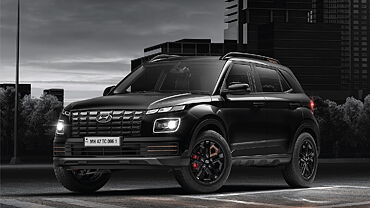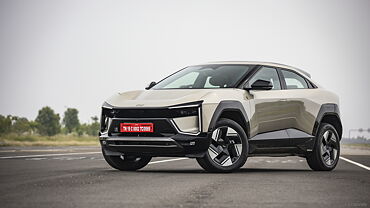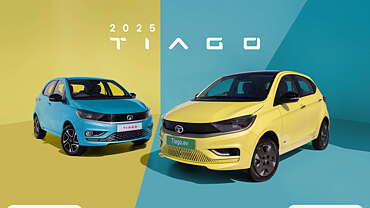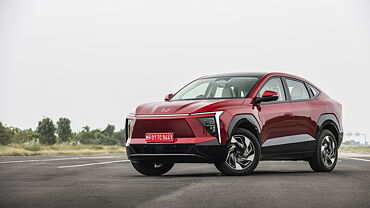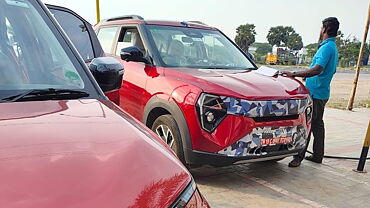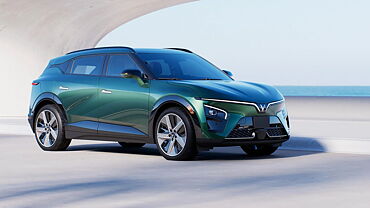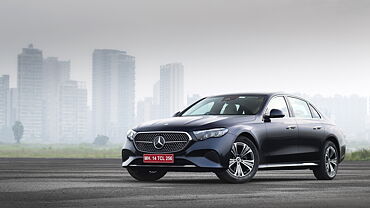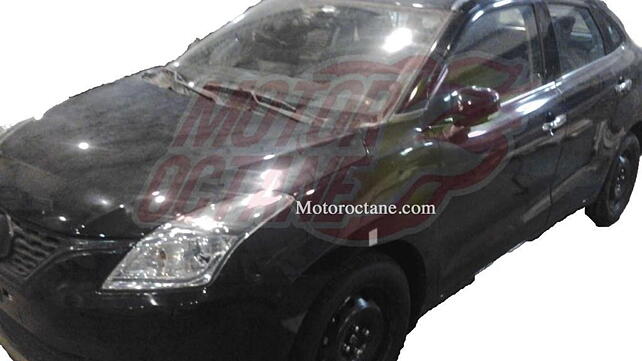
The Maruti Suzuki YRA hatchback has been spotted sans camouflage. At first glance two things seem to be visible- the new premium hatchback appears to be production ready and will be a four-metre plus model. The former means it should make a debut by the end of 2015 at best.

The fascia of the YRA looks to be borrowed from the Swift and Dzire but we believe that it will have a face more in line with that of the Ciaz/Alevio and SX4 S-Cross. The side profile reveals a long and low roofline that sharply rakes at the point of the C-pillar. It also includes softly flared wheel arches and what appear to be 15-inch steel wheels as well as 16-inch alloy wheels. At the rear there are wrap- around tail lamps and a really large rear bumper which lends to the image of bulkier rear-end. Since this is a four-metre plus hatchback, it will have one of the largest boot spaces in the segment when launched.

Motoroctane, who have posted the pictures, have managed to get their hands on some shots of the interior too. The first picture shows a very modern design for the gauges which uses a funky blue backlighting and a full colour display between the gauges showing readouts like gear position, door ajar and ABS. Their second picture shows a 7-inch touchscreen system which we believe will have a GPS integrated too. It seems almost obvious the Maruti Suzuki will use a large number of parts from its existing bin and so the YRA (or whatever it’s going to be called in production form) from the inside will look like a large mixture of the current crop of cars.

On the engine front, a turbocharged version of the1.2-litre K-Series engine is expected to make its way into this car. It is expected to produce around 110bhp and will be offered with a five-speed manual or a five-speed AT. The diesel is expected to be the 1.3-litre Multijet diesel that will be offered in the 90bhp guise.
This car, when launched, will compete with the Hyundai i20, VW Polo and Fiat Punto Evo in the Indian market, but abroad will have a much larger number of rivals. It is likely to start life in the European markets as we currently have no demand or inclination for hatchbacks larger than four-metres. It will play a pivotal role in moving the Japanese automaker above its A-segment and B-segment hatchback maker image.

